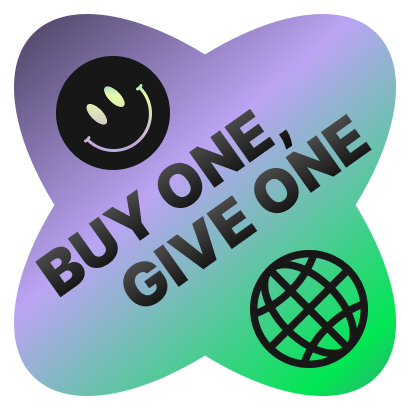Gamification is an art that, when mastered, can significantly elevate a brand's engagement and customer loyalty. Using behavioural science principles, let's dive deeper into how top brands including Nike, Duolingo, Starbucks, and M&M's, along with creative agency Paper Moose's "Jimmy Kicks," have successfully implemented gamification:
- Immediate Feedback: Engage users by providing real-time feedback, as seen in "Jimmy Kicks" where each kick generated immediate results. This keeps the interaction lively and responsive.
- Achievable Goals: Set clear and achievable goals to motivate users. Duolingo does this exceptionally well with daily targets and learning streaks that encourage regular app usage.
- Social Interaction: Incorporate social elements to leverage community influence. Nike+ Run Club creates a community around running where achievements can be shared, fostering a sense of camaraderie and competition.
- Unexpected Rewards: Utilise variable reward schedules to keep the game intriguing. Starbucks Rewards surprises users with random freebies or double star days, maintaining interest and excitement.
- Progress Visualisation: Show users their progress in a visual format. This tactic is used brilliantly by apps like Duolingo and Nike+ Run Club, where users can see their progress through levels or running maps.
- Integration of Real-World Benefits: Ensure that the game ties back to tangible benefits. For example, M&M’s Eye-Spy Pretzel campaign linked game engagement to social media interaction, increasing brand visibility and customer interaction online.
By following these guidelines and creatively integrating gamification elements, brands can create engaging, behaviorally-driven campaigns that not only entertain but also build deep, lasting connections with their audience.
Play the Paper Moose game "Navigating the Wild West of purpose" here
We acknowledge the Traditional Custodians of the land upon which we create, the Gadigal People of the Eora Nation. We pay our respect to their Elders past and present, and extend that respect to all Aboriginal and Torres Strait Islander peoples today.
Always was, always will be, Aboriginal land.



